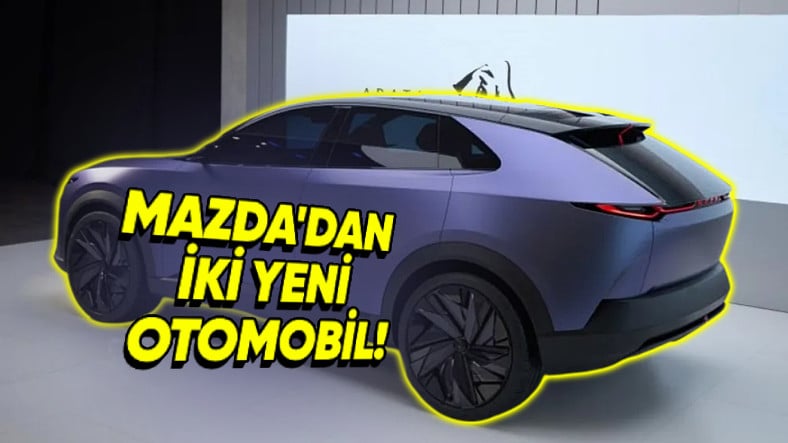We’re nearing the end of support for Windows 10, a watershed moment in the tech world as hundreds of millions of users They still use this operating system, and because many of them will be in a very complicated situation when they stop receiving official support from Microsoft. The reason is simple, they won’t be able to upgrade to Windows 11 if they don’t meet the minimum requirements.
If you are one of those affected in the future, don’t worry, in this article I have prepared a guide for you, in which you will find everything you need to know about the end of support for Windows 10, including what options you’ll have if you choose to continue using the operating system, what you can do if you want to upgrade to Windows 11 but your PC isn’t compatible, tips for meeting these requirements, and what performance you can expect when updating to a given operating system.
When will Windows 10 end of support and what does it mean?

AI generated image.
End of support for Windows 10 is marked for October 14, 2025. From this date on, this operating system will no longer receive any further updates, including security and bug fixes, which means that:
- Any security flaw and any vulnerability will remain unaddressed, except in very serious cases where Microsoft might make an exception and release an emergency patch to fix them.
- System-level issues, bugs and failures, and current and future incompatibilities will also remain unresolved.
- Gradually, third-party applications and software will also leave the operating system, although it may be several years after the end of official support from Microsoft.
Will I still be able to use Windows 10 when support ends?

AI generated image.
Yes, this operating system it won’t stop working overnight when the official support ends and in fact it shouldn’t cause any problems for a while but be aware that you will be using an operating system that will become more and more dangerous and that after a certain period of time it will lose support and stop receive new drivers and other important updates.
Microsoft has confirmed that everyone who wants to continue using Windows 10 will be able to enter into a contract with oa paid upgrade program. If we choose this program, we will receive support until October 14, 2026 in exchange for a one-time payment of $30, and updates will be limited to those security updates that are necessary based on vulnerabilities and issues that occur during that year. It does not include other types of updates.
Once this annual extended support ends there will be no going back because Microsoft won’t allow private users to restore it. Don’t worry, if you find yourself in this situation, you have several options to get you out of trouble, and I’ll explain them below.
What can I do if my computer does not meet the Windows 11 requirements?

If you want to upgrade to Windows 11 but haven’t because your computer doesn’t meet the requirements, don’t worry because there are several options and I won’t leave any in my keyboard’s virtual inkwell. First, let’s recall what official requirements of this operating system:
- 64-bit CPU with 2 or more cores.
- 4 GB of RAM.
- 64 GB storage capacity.
- DirectX 12 compatible GPU with WDDM 2.0 driver.
- UEFI firmware compatible with “Secure Boot” feature.
- TPM 2.0 chip or equivalent (Intel PTT or AMD fTMP).
- Screen: 9 inches with HD resolution.
The requirements for Windows 11 are not high by today’s standards. The problem is not so much hardware or performance, but in peculiarities What is behind these requirements? For example, the Intel Core i7-4790 has 4 cores and 8 threads, but is not supported with Windows 11 and the same goes for the Ryzen 7 1800X which has 8 cores and 16 threads.
They are only compatible with Windows 11. Core Gen 7 Kaby Lake-R, Intel Core Gen 8 Coffee Lake and AMD Ryzen Zen+ and higher. If you’re in doubt, don’t worry, click on this link and you’ll find Microsoft’s official listings with all processors compatible with Windows 11, you’ll just have to look for yours in the corresponding list.
Option 1: Upgrade your computer
If you have an AM4 socket motherboard and a Ryzen 1000, it will be very easy for you to update your computer to meet the requirements of Windows 11, because these boards meet the listed requirements and You will only need to change your CPU to Ryzen 2000 or higher. You can enable fTPM technology in the BIOS, which will also allow you to meet the TPM 2.0 chip requirement, as it acts as a replacement for it.
In case you have an Intel processor, I’m sorry to tell you that it will be much more complicated for you because motherboards that use Kaby Lake (Core Gen 7) processors and older are not compatible with Coffee Lake processors and higher . . So if you want to update your PC to be compatible with Windows 11 You will need to replace the motherboard and processor.

Option 2: purchase new or used equipment
In cases where we have very old equipment that requires the replacement of several components, such as the motherboard, RAM, CPU and graphics card, it is better to buy a new computer or look for a second-hand one that is compatible with Windows 11. The same applies to laptops that do not allow the processor to be updated.
If you find yourself calm in this case, There are quite cheap PCs and laptops which allows you to upgrade to Windows 11 for very little money. For example, mini PCs with Intel N series processors can be purchased from around 100 euros and offer an acceptable user experience with the mentioned operating system in basic tasks. There is also complete and portable equipment at a good price on the used market.
Option 3: Install a different operating system
I know it’s not viable for many because they’re used to Windows and because they depend on its ecosystem of apps and games, but it’s still another option to consider. There are Linux distributions that are very easy to install and that they have a wide set of applications and tools and are completely free.
If you are thinking of taking the plunge and entering this world, I would suggest you consider this move Ubuntu because it is one of the friendliest and most affordable for newcomers to the Linux world.
Option 4: install Windows 11 without requirements
This option appears last because It is the least recommendedbecause we might have problems in the long run, but it might help us get by if we don’t want to or can’t resort to either of those two. It’s still possible to install Windows 11 on computers that don’t meet the minimum requirements, and we’ll explain how in this article.
I know many cases of people using Windows 11 on incompatible PCs and user experience in general It is acceptable if we follow the two keys very simple, have an SSD and have 8 GB of RAM or more. 16 GB of RAM is ideal for this operating system, as it has a relatively high consumption.
However, this does not mean that the mentioned operating system will always work well on incompatible computers, Microsoft could introduce changes short-term or long-term that negatively affects performance or prevents you from continuing to receive updates. It’s a risk that’s always there, so keep that in mind.
How will I perform when I upgrade from Windows 10 to Windows 11?

Although Microsoft says that Windows 11 is highly optimized and offers higher performance than Windows 10, the reality is very different. This new operating system actually has higher requirements and higher resource consumption requires twice as much RAMwhich will increase from 2 GB to 4 GB.
This is a very important detail because it makes a big difference in low-end equipment. Windows 10 works acceptably on computers with 4GB of RAM and works well on computers with 8GB of RAM. However, Windows 11 It works acceptably only from 8 GB of RAMand to have a really good experience, we will need 16 GB of RAM, as I told you before.
If you are upgrading to Windows 11 from a Windows 10 PC equipped with 8 GB of RAM or less you notice a significant loss of performance, especially when working with demanding applications that depend on this component and multitasking. The solution would be to expand the RAM to 16 GB.
This component is quite economicalso you won’t have to invest a lot of money to go from 8GB to 16GB. The problem is in computers that have memory soldered to the motherboardand therefore cannot be extended. If your device is in this situation, the only solution is to buy a new one.
Windows 10 is much more recommended on computers with fewer resources. You shouldn’t notice anything strange in the middle and higher trimssince from this level the performance values of Windows 10 and Windows 11 tend to be very similar. One may work better than the other in certain situations, and depending on the approach, there is usually no clear winner.
How can I downgrade Windows 11, is it free?

Right now there are two options, you can install this operating system from scratch follow the steps we provided you then in this guide, or you can upgrade directly from Windows 10. If your computer does not meet the minimum requirements, you will not be able to upgrade from Windows 10 to Windows 11 and you will have to follow the procedure in the next guide , which can be found in the section dedicated to option 4.
Both the installation process from scratch and the update process They manage themselvesso they are very simple and safe and you won’t have any problems. Either way, you can get Windows 11 for freebut keep in mind that they don’t work in the same way.
If you’re upgrading from Windows 10 to Windows 11, it’ll activate automatically by removing the key you’re using, but if you’re installing from scratch, you’ll need to Enter this password manually.
In this case, it is essential that you have your password handy before you start installing Windows 11. If you don’t have it, nothing happens, There are several ways to reset your password to use with this new installation of Windows 11. This article will be very helpful in solving any questions you may have, so take a look.
AI generated cover image.



















